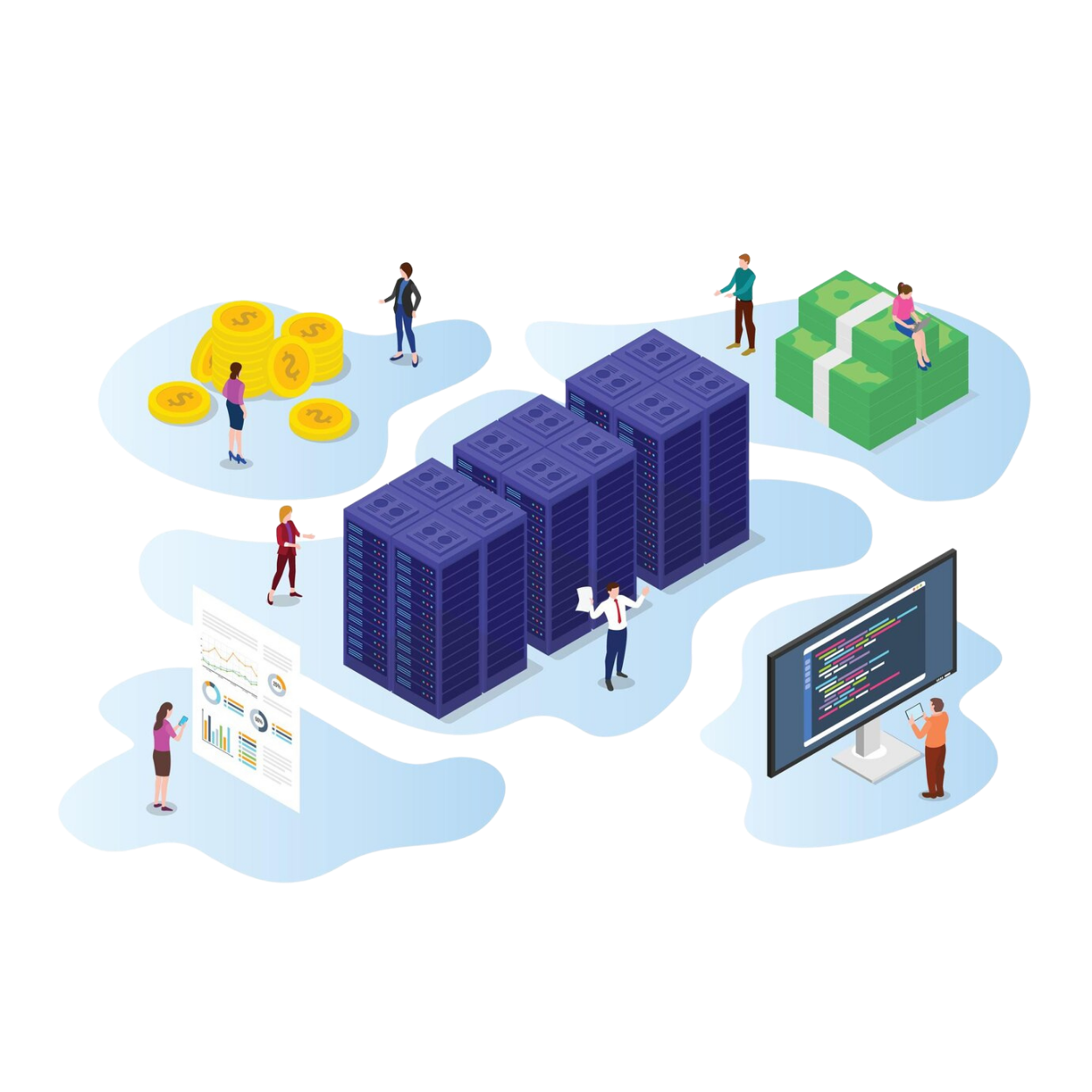In the vast landscape of data abundance, extracting valuable knowledge has become a critical endeavor. At the forefront of this effort are Data Mining and Synthesis. These interconnected fields empower organizations to uncover hidden patterns, trends, and relationships within massive datasets, transforming raw information into actionable insights.
Understanding Data Mining:
Data Mining is the process of discovering patterns and extracting meaningful information from large datasets. It employs various techniques, such as statistical analysis, machine learning, and artificial intelligence, to uncover hidden knowledge and trends. The primary goal is to transform raw data into actionable intelligence, which aids decision-making processes and uncovers valuable insights.
Key Components of Data Mining:

Understanding Data Synthesis:
Data Synthesis complements Data Mining by generating new datasets or information from existing data. It involves combining diverse sources, generating artificial datasets, or creating simulations to provide a more comprehensive view of the domain under investigation.
Key Aspects of Data Synthesis:
Applications of Data Mining and Synthesis:
Challenges and Future Directions:
The continuous growth of data presents challenges related to scalability, interpretability, and ethical considerations. Ongoing research in data mining and synthesis aims to address these challenges, paving the way for more sophisticated techniques and applications.
In conclusion, Data Mining and Synthesis represent the key to unlocking the immense value embedded in vast datasets. By mining and synthesizing data, organizations gain a deeper understanding of their environments, enabling informed decision-making and fostering innovation in the information age.